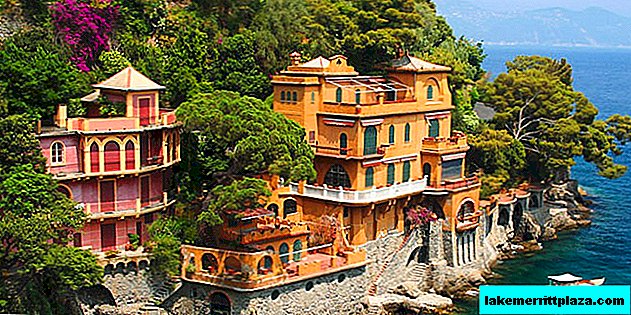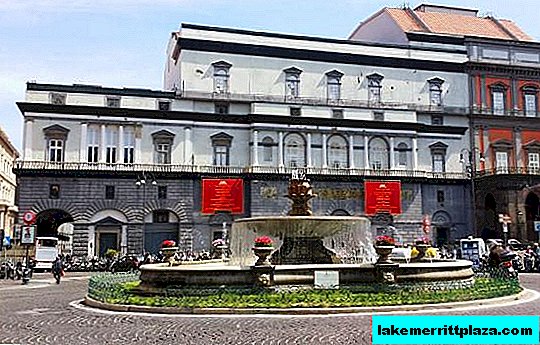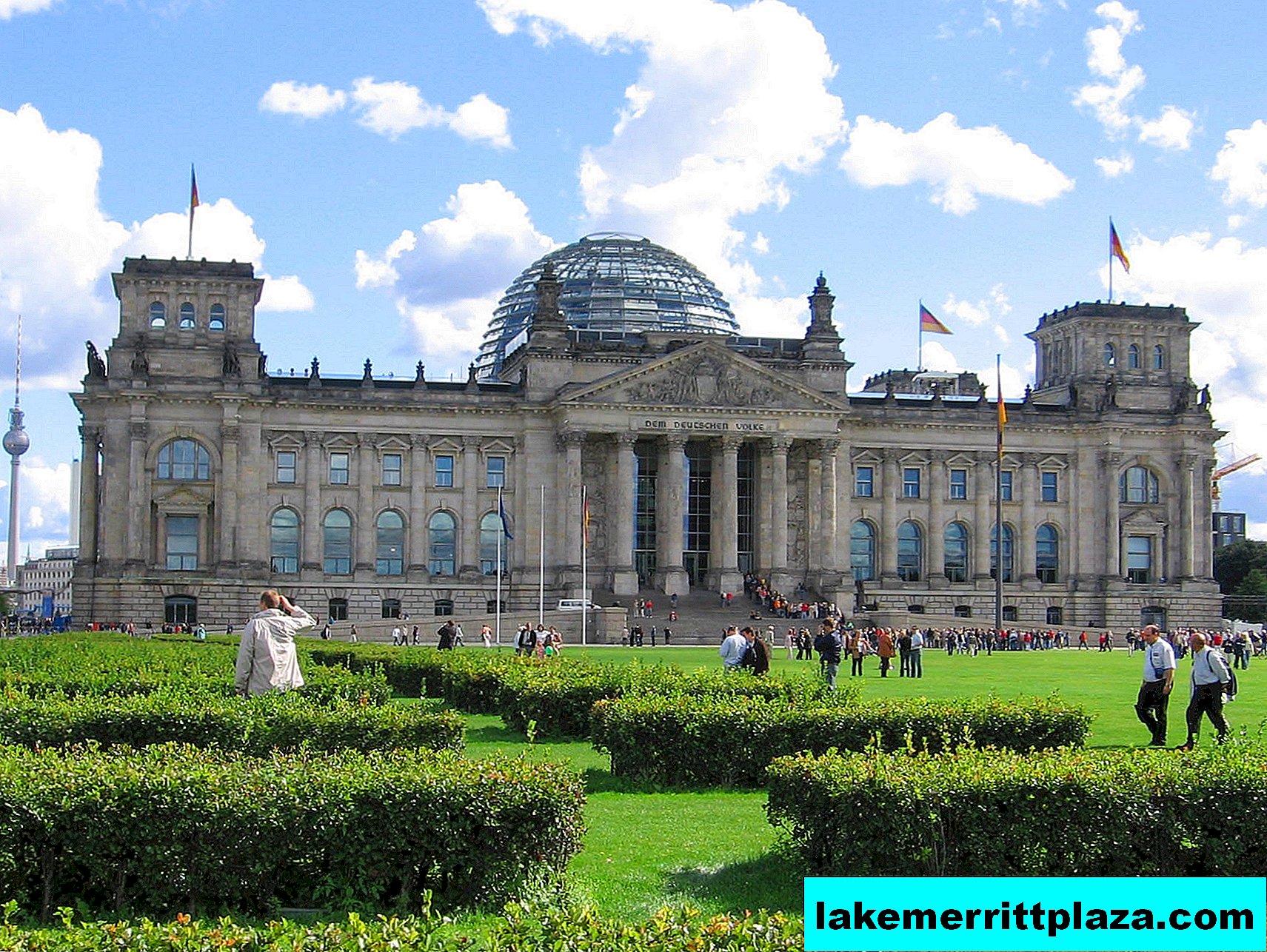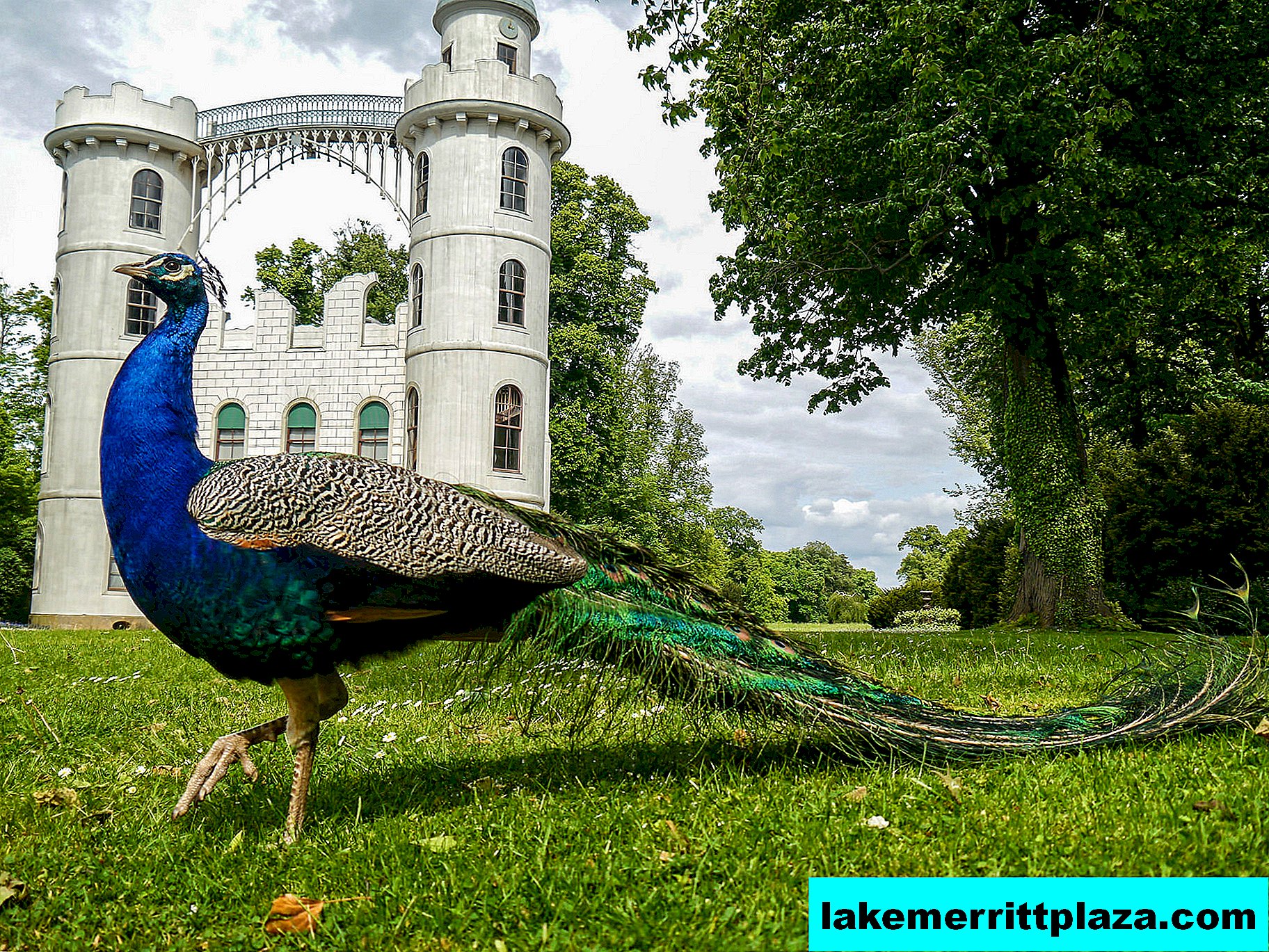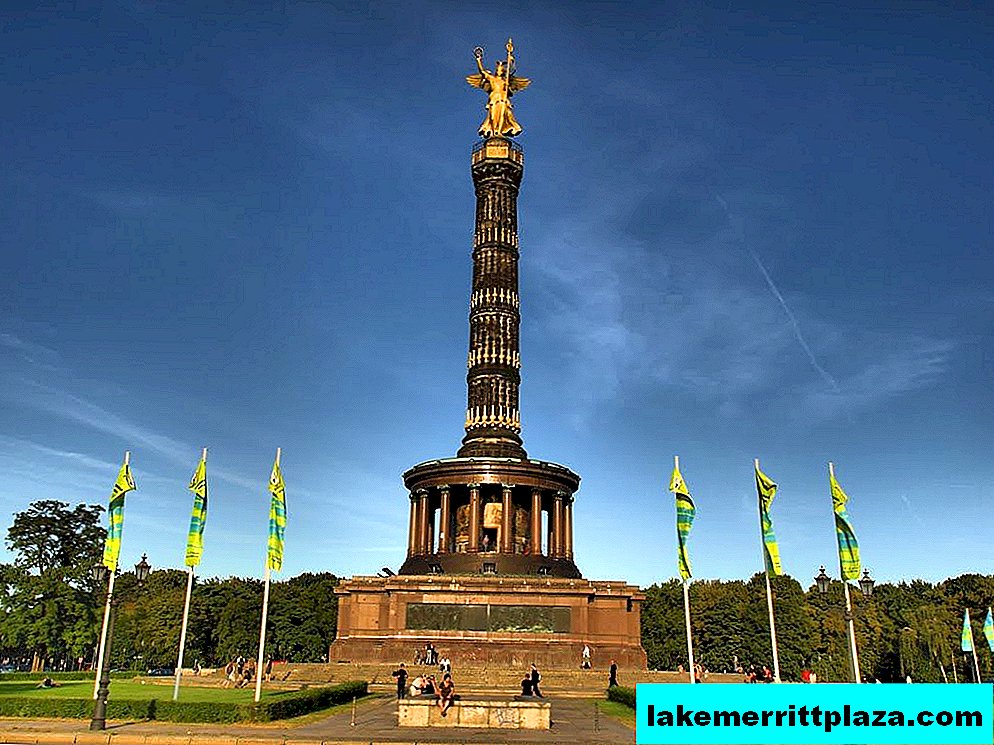The Testaccio district got its name from an artificial hill, consisting of ancient fragments of amphoras. There are no crowds of tourists, but there are attractions. This is the area of the true Romans. The lack of palaces, colorful apartment buildings in clothesline, cafes and restaurants for locals, excellent grocery stores - all this is guaranteed in Testaccio!

Testaccio - an artificial hill created from fragments of antique amphoras, photo by Giorgio
The hill of Testaccio (Monte Testaccio) is a hill of artificial origin (54 m high and about 1 km along the perimeter), a city dump of ancient Roman times. It consists of "garbage" of noble origin - fragments of antique amphoras. The hill is located in the southeast of Rome, off the coast of the Tiber, near the pyramid of Cestius. Today it is called Monte Testaccio (Monte Testaccio - a mountain of shards).
The origin of the hill
In amphorae with accompanying information, olive oil from Betica (Spain) was brought to the capital. After the sale of the product, the vessels were not reused, but transported to the hill of Testaccio and smashed. Workers leveled and compacted layers of shards, protected the growing mountain with supports. To neutralize the indestructible smell of oil, layers of broken amphoras were sprinkled with lime. It penetrated the clay and was a binder. This has been going on since 50 A.D. until the middle of the III century. During this time, the hill rose to a height of 49 m.

At the foot of the hill, photo by Ruy Urraca
In the III century, they ceased to store broken vessels, the territory was abandoned for a long time. Sometimes knightly tournaments and festivities were held on the hill. Since the VI century, the hill has been used for storing wines - the special structure of its soil made it possible to arrange comfortable niches that keep cool. Gradually, the artificial mountain began to be dismantled into building materials and would have been completely destroyed if it had not been for the ban of the authorities, who had timely assessed the archaeological value of the ancient amphoras.
Attractions in the Testaccio area
Testaccio - a colorful working area

Layers of garbage, photo GeorgErber
Today Testaccio, located between Via Marmorata and the Tiber River, has turned into a colorful Roman area, a kind of "city in a city." It is famous for its many pizzerias and trattorias serving traditional dishes of ancient Roman cuisine. Around the ancient hill, the vibrant nightlife of Rome boils. There are many fashionable clubs, restaurants and discos. Some of the institutions are embedded in the thickness of the hill, and fragments of antique amphorae serve as a decorative element in their interior.
Non-Catholic cemetery

Roman non-Catholic cemetery (il Cimitero acattolico di Roma), photo by GeorgErber
The most noteworthy place of Testaccio is the non-Catholic cemetery near the Aurelius wall. This is a unique burial ground of Germans, Scots, Russians, and other representatives of non-Catholic faiths. Here you can see many interesting tombstones of artistic value.
Church of the Virgin Mary of the Liberator

Church of Santa Maria Liberatrice (S. Maria Liberatrice), photo ElissaSCA
The only church on Testaccio is the Church of the Virgin Mary of the Liberator (Santa Maria Liberatrice a Monte Testaccio - Santa Maria Liberatriche a Monte Testaccio) built in 1908.
The large wholesale market of Mercati Generali has been operating in the area for a long time, but now it is closed.
Slaughterhouse Mattatoio

Old Slaughterhouse (Mattatoio). Now here is a museum, photo Testaccio
The Mattatoio Slaughterhouse is another interesting facility on Testaccio. The massacre at Piazza Orazio Giustiniani existed from 1888 to 1975, then it ceased to meet the needs of the capital, and it was closed. Now in this vast empty area are the social complex Villaggio Globale, the Macro Future Contemporary Art Exhibition Center, a supermarket and a restaurant. The rest of the facility is abandoned and serves as a refuge for homeless immigrants.

Testaccio Hill aerial view, photo Alvaro de Alvariis
At Monte Testaccio, Spanish archaeologists are currently excavating in collaboration with the University of Rome.
How to get there
Take bus 83, 673, 719 to the Zabaglia-Galvani stop.

